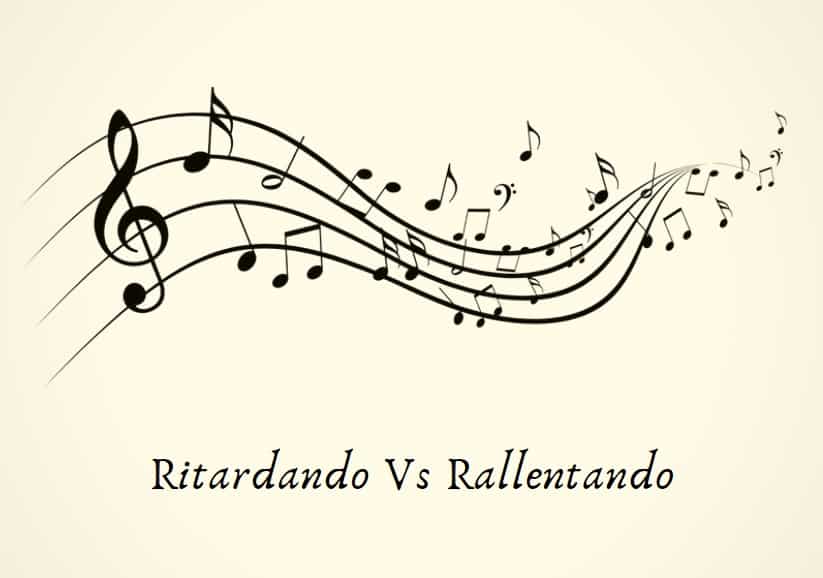
Musical tradition is at times a rather odd element of this popular art. One of those traditions that still holds true for today is that of using Italian terms to instruct a performer in notated scores. As you might very well expect, the use of Italian stems from the important influence that the Italians had on Western Classical Music from the Medieval days forward. They shaped and developed music and the instruments involved in a way that very few other countries have. It is perhaps this legacy that has led to the use of Italian in music for many hundreds of years and something that every student of the subject needs to embrace.
If you look like almost any musical score from the past few hundred years, you’ll most likely come across a variety of words that are written in Italian. Of course, in the 21st Century, this has changed although the tradition of using Italian has not diminished in popularity. The words that you will discover in the music of Beethoven, Mozart, Scarlatti, Berlioz for example, and many other composers, covers the speed of the music, its dynamics (volume and changes to volume), articulations (how a note begins), as well as other components of a composition.
Ritardando Vs Rallentando
You may well have come across words like, Allegro and Andante that are written at the start or sections of a piece of music. These are indications of speed (tempo), that give the player/performer a reasonably clear idea of what speed and character that the piece begins with.
The words ritardando and rallentando are also Italian words that regularly appear in music. They are words that tell the performer or player to alter the speed of the passage they are playing but in slightly different ways. Often these words are abbreviated in written scores to rit. and rall. respectively. They mean the same thing but it saves writing out a complete word and all seasoned players are aware of this small convention.
Both ritardando and rallentando indicate to the performer to slow down the speed of the passage they are playing. This may be a purely expressive gesture or one that leads the music into a different section that is at a slower speed. The problem is often in reaching a universal agreement as to whether ritardando and rallentando are used to mean the same thing (slow down), or actually are used by composers to indicate slightly different intentions.
When I first came across these terms in the music I was studying, I remember my teacher saying that ritardando required a prompt but gentle slowing of the speed, whereas rallentando was a more gradual slowing of the tempo. This is certainly how I have continued to approach these words when performing a piece, but the context of the words is also key.
By the context, I’m referring to where in the music they appear and also what kind of style of music they are contained in. A rit. after a piece may be more marked than one that joins one section to another. This could equally be true for a rall. If, however, in the middle of a fast passage the composer indicates a rit. then I would understand this as a far subtler change in speed, but quite a prompt one.
If rall. is written, then I would play more slowly, more gradually, and take into careful account the expressive intentions (as best I could) of the composer. Equally, as a composer, I would expect a performer to understand that by rit. I mean slowing up the tempo, perhaps even clarified the addition of the word poco (little) over a relatively short period of musical time. If I wrote rall. then I would expect a more gradual reduction in tempo closer to an allargando. This word to me is an even more marked slowing of the tempo of the music, literally broadening out.
If we return to the origins of the words, the Italian language then we swiftly reveal that the word ‘ritardare’ is understood to mean a sense of lateness, deferred, put off, or waiting. ‘Rallentare”, has quite a unique difference in that the words reduce speed, slow down, slacken or decelerate, can be extracted from this word, edging us towards the conclusion that rit. is a more transient, passing, subtle alteration of speed whereas rall. is considerably more deliberate and marked.
What frequently occurs in music that dates from the mid-19th Century is the additional qualification of these two terms. Composers who increasingly wished to be very specific as to their musical intentions were clearly aware that writing either of these instructions could be open to a type of expressive interpretation that they may not desire. You may read additional terms like molto (much), sempre (always), even perhaps affettuoso (affectionately), used in combination with the two keywords in the title.
Unfortunately, this can lead to greater confusion over the interpretation of a work that clear instruction, especially if the composer of the work is no longer alive. In part, this is how we end up with numerous recordings from the classical repertoire as each is based on a different interpretation on many levels.
In the final analysis, as a performer, it is imperative to know the composer of your piece well. Research to fully appreciate what their intentions were for the performance of the music and understand the context and conventions that accompany this piece.
Listen to different interpretations of the works with a reputable edition of the music to ensure the editorial changes are those the composer intended not interpretations. Then, as you explore the piece, allow yourself to feel how you most appropriately want to approach the ritardando and rallentando markings that may appear in the piece. It is ultimately a curious blend of the convention, expectation, and individual taste that will probably be the source of debate way into the future.

Don’t forget ritenuto, to make things even more fuzzy